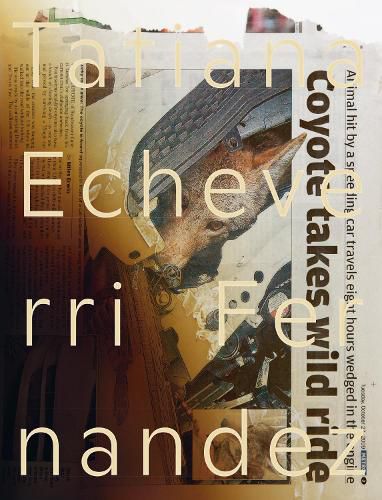Readings Newsletter
Become a Readings Member to make your shopping experience even easier.
Sign in or sign up for free!
You’re not far away from qualifying for FREE standard shipping within Australia
You’ve qualified for FREE standard shipping within Australia
The cart is loading…






A New Treatment of the Object Trouve. The artistic vocabulary of Tatiana Echeverri Fernandez (born 1974 in San Jose, Costa Rica, lives and works in Berlin) is defined by a complex collection of sculptural objects that she couples with photograms in the exhibition space. She finds her materials on scrapyards and exhibits discarded car parts. The sculptural installations by the student of Rosemarie Trockel are sensual and subtle; Tatiana Echeverri Fernandez rigorously rejects locomotion in her works. Correlating photograms show abstract particles, and their color brings to mind bodily fluids–the artist creates a scenery with loose narrative strands. The publication Bones and Bloodline to Space documents her solo exhibition at MARS in Los Angeles. The text was written by Jan Tumlir. An interview with the artist was conducted by Jan Verwoert.
$9.00 standard shipping within Australia
FREE standard shipping within Australia for orders over $100.00
Express & International shipping calculated at checkout
A New Treatment of the Object Trouve. The artistic vocabulary of Tatiana Echeverri Fernandez (born 1974 in San Jose, Costa Rica, lives and works in Berlin) is defined by a complex collection of sculptural objects that she couples with photograms in the exhibition space. She finds her materials on scrapyards and exhibits discarded car parts. The sculptural installations by the student of Rosemarie Trockel are sensual and subtle; Tatiana Echeverri Fernandez rigorously rejects locomotion in her works. Correlating photograms show abstract particles, and their color brings to mind bodily fluids–the artist creates a scenery with loose narrative strands. The publication Bones and Bloodline to Space documents her solo exhibition at MARS in Los Angeles. The text was written by Jan Tumlir. An interview with the artist was conducted by Jan Verwoert.